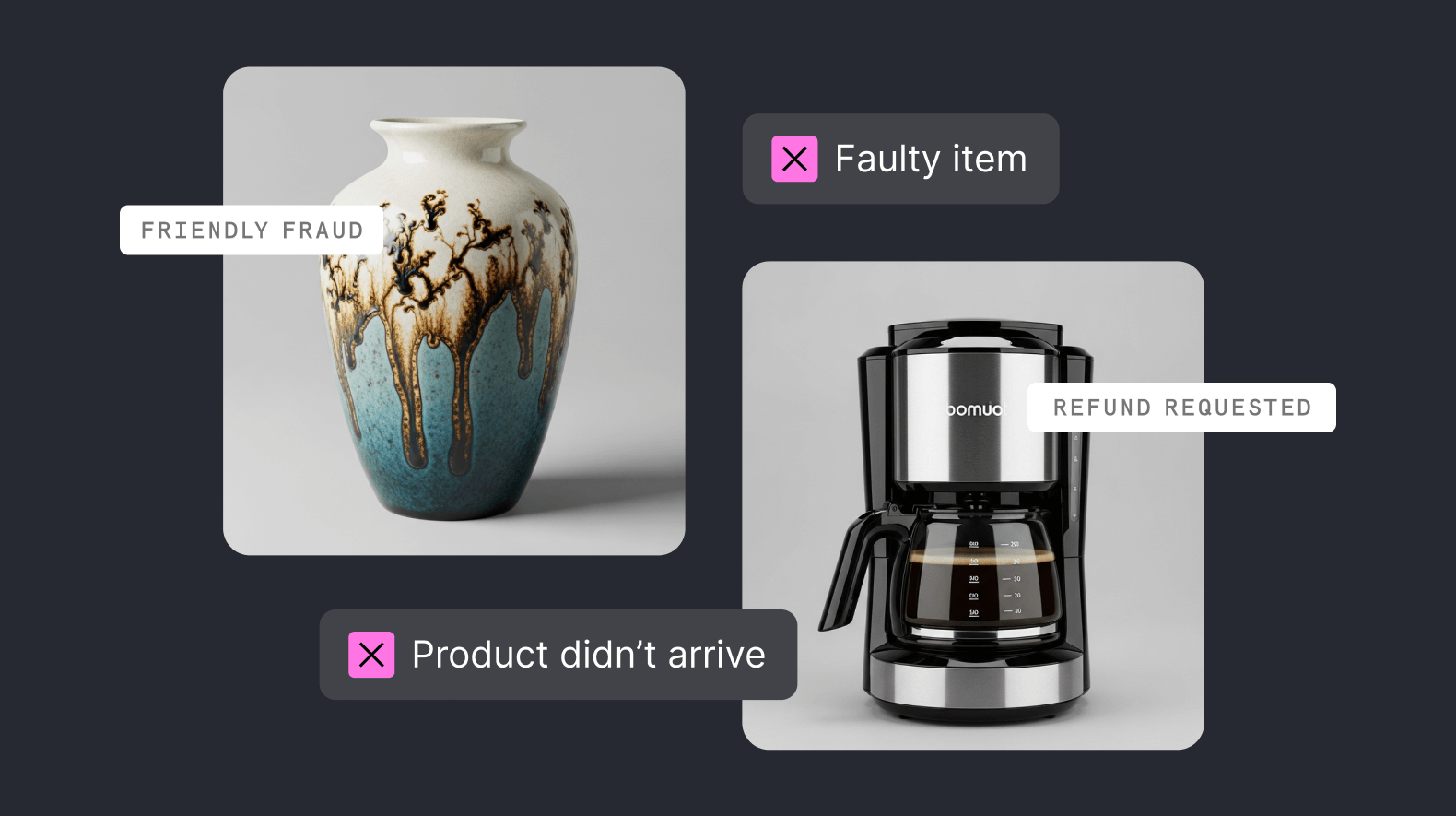Over the last few years, crypto has offered consumers and businesses new ways to store money. Now, this revolution is coming for banking, as traditional players, as well as crypto-based startups, enter the marketplace.
If customers are holding wealth in crypto, why not create more ways for them to spend, earn interest or apply for a loan in their preferred currency? Some of these changes, especially in spending, are already growing apace. Americans holding cryptocurrencies purchased $31.2 billion worth of retail products and services using Bitcoin and other crypto assets in 2020, according to Cornerstone Advisors.
And yet, there are still big questions that remain. Particularly around industry regulation, which is currently the topic of major governmental discussion.
To discuss the differences between traditional and crypto banking and the ways that customers and businesses can benefit from this shift, Guillaume Pousaz, Founder and CEO at Checkout.com, spoke to some of the leading innovators in this area.
Stable and centralized leading the way
Many of the regulatory questions about crypto banking revolve around the distinction of what exactly is being traded. In particular, there’s an important distinction between decentralized and centralized banking.
In the more prevalent, centralized solutions, explained Kris Marszalek, CEO of Crypto.com, "somebody is entrusting your assets and taking care of your account, and this is done off-chain." By contrast, in decentralized banking technology customers interact directly with the smart contracts on the blockchain: there is no intermediary, so the customer is on their own to some extent.
For platforms like Crypto.com, which offers credit cards and crypto savings accounts, decentralized tech has a limited use case until there is greater regulation: "We believe in the decentralized ethos. But at the same time, we have a very deep understanding that you can't onboard hundreds of millions of customers in an environment where something has to be regulated," explained Marszalek.
Indeed, much of the current customer offerings in crypto banking use stablecoins, which are pegged to fiat currencies like USD or GBP, so their value is less volatile. "This is one of the fastest-growing areas of the cryptocurrency market," explained Zac Price, CEO of BlockFi, who puts the current global stablecoin balance at well over 300 billion, up from just around 20 billion at the end of 2019. "You can think of a stablecoin as being similar to the balance that you have in that PayPal account. But the big difference is that it's managed on a blockchain, so you can use it outside of that service where you acquired it, then transfer it around."
Investments on a global scale
One of the most significant differences that customers will notice is the attractive interest rates that crypto banking offers. "Users are earning much higher rates in general, holding assets on cryptocurrency platforms like ours. It's possible to earn between six and eight percent on cryptocurrencies and dollar-denominated stablecoins compared to the traditional banking sector,” he said.
He also noted that BlockFi’s customer base is much more globally accessible — it has customers in more than 100 countries. “There's a significant demand for dollars in the crypto ecosystem. I think services like this are really attractive as a different use case than what crypto has been known for historically, with high volatility trading,” he said.
Scratching the surface of innovation
Crypto is a notoriously fast-moving space, where huge innovative leaps are taken from one week to the next. For traditional players like JP Morgan, this makes it an exciting opportunity.
As Christine Moy, Global Head of Liink at Onyx by JP Morgan, explained: “I'm really excited about building an alternative financial system from the ground up with fresh eyes and a new point of view. No one in the crypto industry is hung up with: It has to be done this way, or this is how it's always been done.”
But with the industry moving so fast, regulators often struggle to keep pace with innovation. And for traditional banks and financial institutions, the current grey areas around crypto's regulatory landscape can create headaches.
Moy is therefore looking forward to governments making a clear statement to push forward the positive outcomes of crypto banking. "Sometimes you may think regulation will be stifling," she said. "And while it does outline what you cannot do, in the same vein, it helps you understand what you can do. And I can see it bringing an incredible amount of investment and innovation into the space once that's clear."
Bringing loyalty to customers
One attractive enduring feature of traditional banking has been loyalty programs. And fintech and crypto companies are beginning to innovate in this arena too. For instance, Revolut recently opened a crypto rewards credit card program, following the lead of Crypto.com.
For Moy, this is an area that will continue to grow. “The nature of the crypto ecosystem is that it's built off of open source code," she said. "Essentially, everyone is free to riff off that experiment and share ideas and grow together. There’s definitely going to be more innovation.”
Bridging the gap between TradFi and DeFi
Banking may be on the cusp of a generational shift with all the innovation occurring within the crypto and blockchain space. And, as Pousaz concludes, "it's exciting to see the innovation coming from traditional institutions like J.P. Morgan, as well as the new names like Crypto.com and BlockFi. It proves that innovation isn't exclusive and ultimately it'll lead to consumers and businesses benefiting from a range of new banking solutions."





.png)





.png)
.png)



